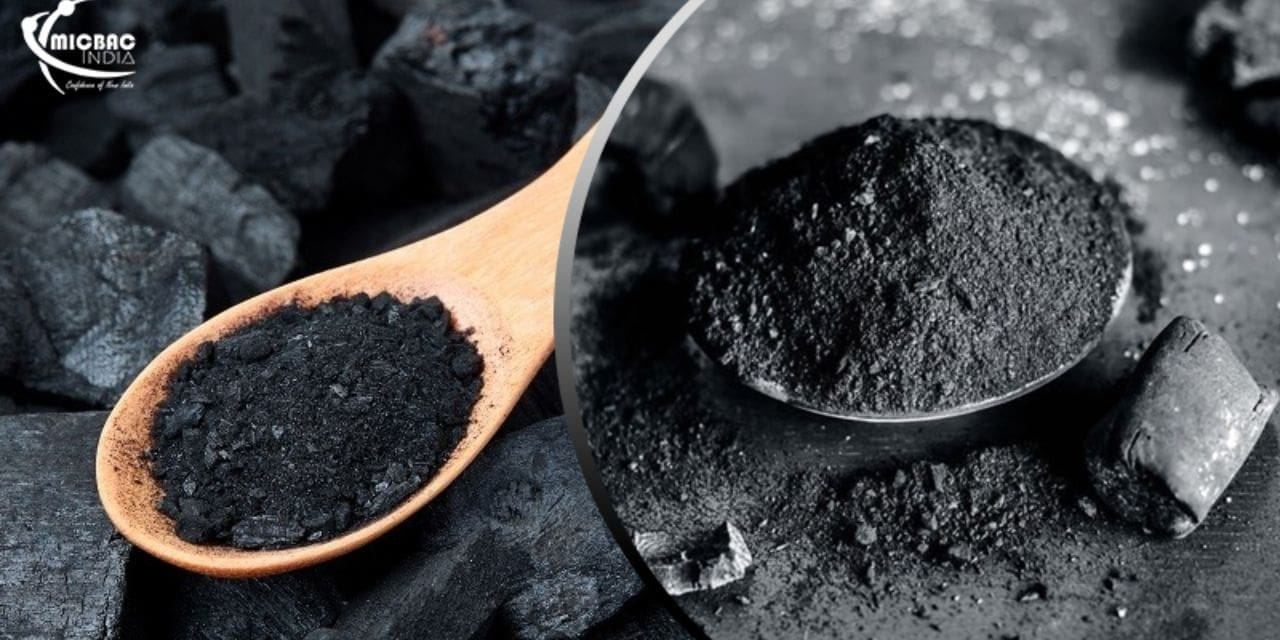The report “Activated Carbon Market by Type, Application (Liquid Phase (Water Treatment, Foods & Beverages, Pharmaceutical & Medical), Gas Phase (Industrial, Automotive), and Region (APAC, North America, Europe, Middle East, South America) – Global Forecast to 2026” The global activated carbon market is estimated to be USD 5.7 billion in 2021 and is projected to reach USD 8.9 billion by 2026, at a CAGR of 9.3% from 2021 to 2026. The driving factors for the activated carbon market is its applications in water treatment and air purification along with stringent government regulations regarding the removal of mercury from power plants have led to increasing acceptance of activated carbon products.
Browse
• 299 Market data Tables
• 36 Figures
• 190 Pages and in-depth TOC on “Activated Carbon Market – Global Forecast to 2026″
Some of the prominent key players are:
- Osaka Gas Co., Ltd. (Japan)
- Cabot Corporation (US)
- Kuraray Co. Ltd. (Japan)
- Haycarb Plc (Sri Lanka)
- Kureha Corporation (Japan)
Opportunity: Reactivated carbon to bring lucrative opportunities for activated carbon producers
Strict regulations regarding the maintenance of air quality and increasing number of municipal and industrial wastewater treatment plants have led to high demand for activated carbon. This has increased the pressure on activated carbon producers. To overcome this, many activated carbon producers are focusing on production of reactivated carbon which has lower cost of 20-30% when compared with virgin activated carbon. Reactivated carbon is an economical and environment friendly alternative to traditional activated carbon.
Powdered activated carbon segment to witness highest CAGR during the forecast period
The powdered activated carbon segment is projected to be the fastest-growing segment in the activated carbon market. Powdered activated carbon (PAC) has a relatively smaller particle size compared to granular activated carbon and consequently presents a large surface-to-volume ratio. Owing to this, PAC is generally added directly to process units, such as rapid mix basins, clarifiers, and gravity filters. Traditionally, activated carbon is made in particulate form as powders or fine granules less than 1.0 mm in size with an average diameter between 0.15 mm and 0.25 mm. The effectiveness of PAC in adsorbing tastes and odors depends on adequate mixing, contact time, dosage, and on the cause and concentration of the taste or odor problem. PAC is used for applications such as wastewater treatment. It has low initial cost, and the dosage of PAC can be adjusted as per the changing contaminant levels. However, PAC has a high operating cost, and if used continuously, it cannot be regenerated, produces large quantities of sludge, and the dust resulting from the small particles of PAC make handling difficult.
APAC is the largest market for activated carbon
APAC led the global activated carbon market, accounting for a share of 39.3% in 2020. APAC is segmented into China, Japan, India, Indonesia, South Korea, and the Rest of APAC. Factors such as ready availability of raw materials and manpower, along with sophisticated technologies and innovations, have driven economic growth in the APAC region. According to the World Bank, the two economic giants of the APAC region, China and Japan, were the world’s second and third-largest economies as of 2020.

